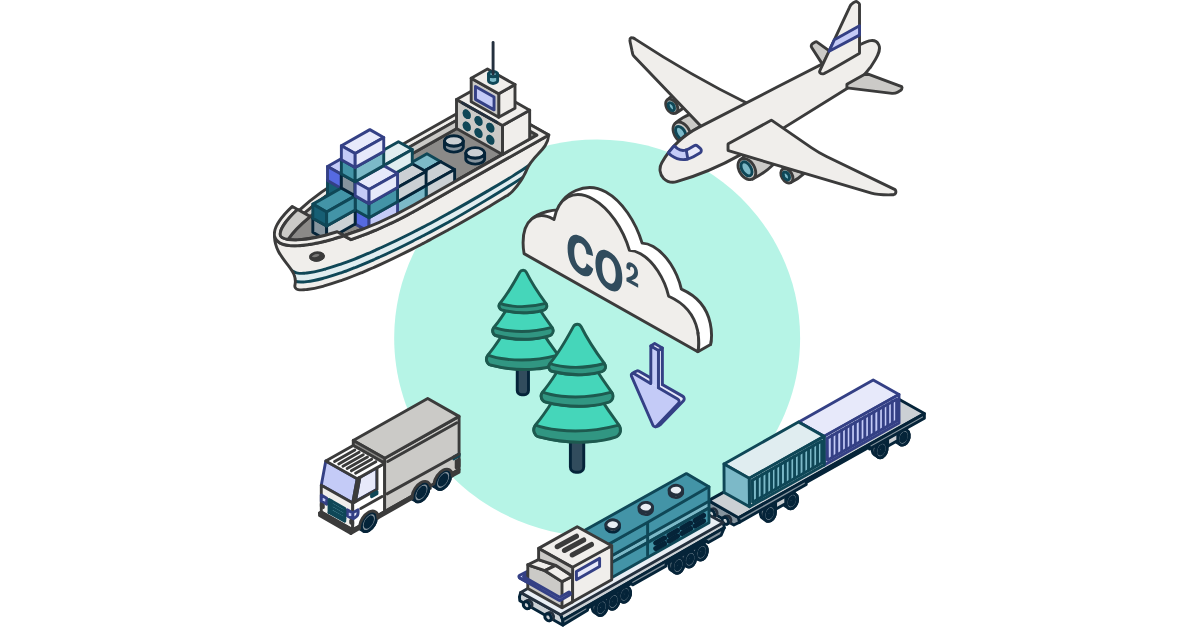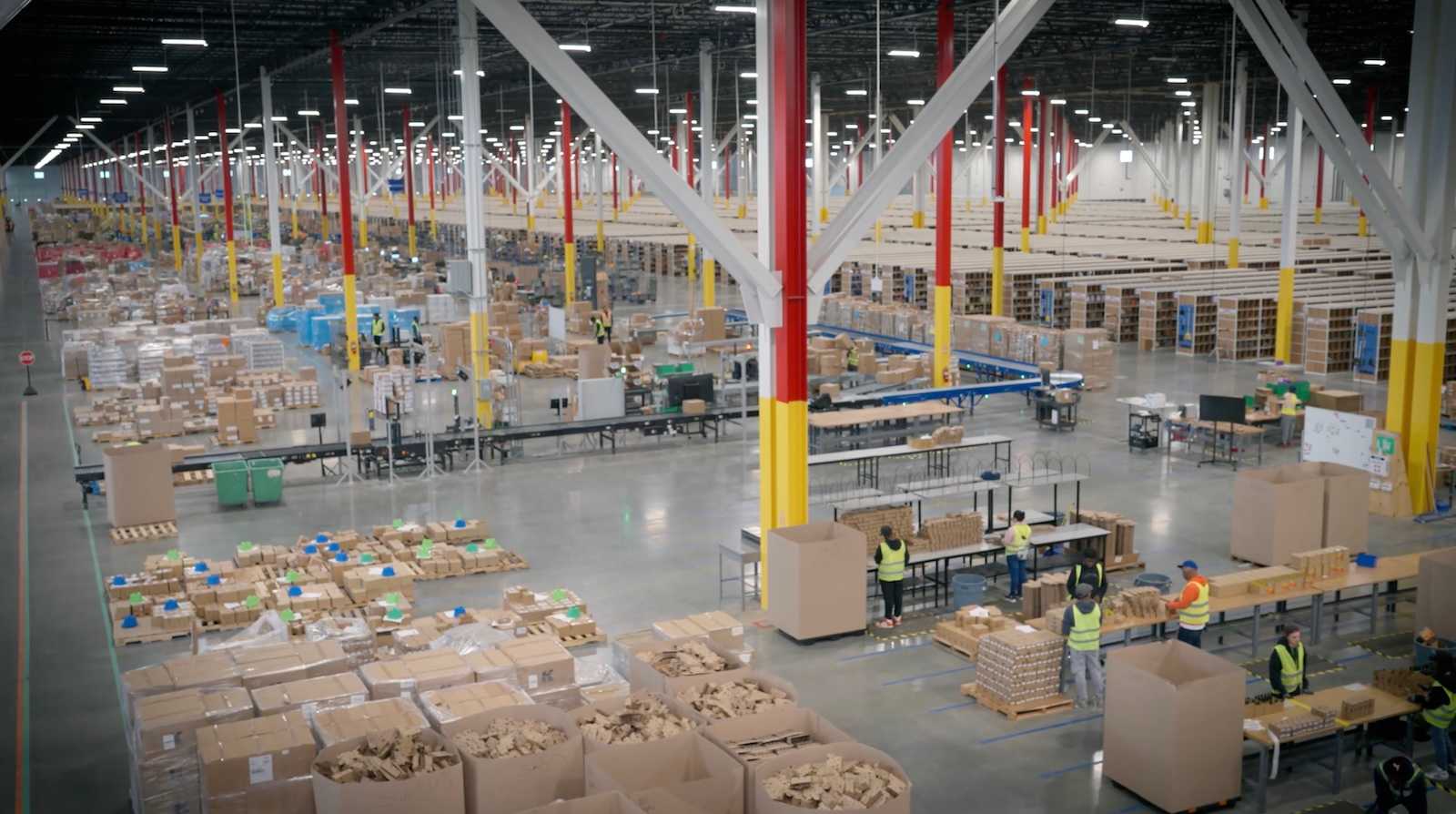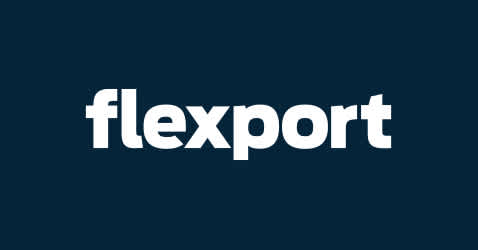
19.08.2024
Unlocking Savings and Efficiency: How Flexport’s Buyer’s Consolidation Service Transforms Ocean Freight
From COVID-19 to Red Sea conflicts, unexpected supply chain disruptions continue to expose the vulnerability of global trade routes — along with the importance of cost-effective and efficient shipping solutions across borders. Increasingly, businesses are looking for innovative solutions and technologies to optimize their supply chains and reduce costs. We're offering the Buyer’s Consolidation service to meet those needs.
Combined with advanced technology that optimizes volume allocation and shipping routes, Flexport’s Buyer’s Consolidation service revolutionizes the shipping process, offering significant cost savings and efficiency.
From Manual Processes to Seamless Digital Efficiency
In the supply chain logistics industry, buyer’s consolidation services aren't a novelty. However, this planning process has traditionally been conducted offline through standard operating procedures (SOPs), driven by emails and Excel spreadsheets between shippers and businesses. This back-and-forth process not only adds more lead time, but is also prone to human error.
Flexport’s Buyer’s Consolidation automates this process. First, shippers will still submit LCL bookings through a digital platform. Based on your pre-configured settings, bookings with the same port pairing will automatically flow into our console planning tool, or the CPT. In the CPT, our operator is able to see all bookings, and consolidate them into the related load plan according to your pre-set configuration rules. If you choose the auto-approval model, the draft plan will move directly to the next step for execution once it meets the threshold, and send the delivery notice to your shipper.
This process significantly increases Buyer’s Consolidation’s planning efficiency based on the pre-configured settings that clients have made. The streamlined procedure also ensures that clients have better visibility into how much volume is allocated under the Buyer’s Consolidation offering.
Enhanced Efficiency Means Better Control of Your Own Shipping
By implementing this tool, clients can effectively manage their shipments with enhanced precision and control. This not only improves operational efficiency, but also provides valuable insights into volume distribution under the Buyer’s Consolidation service. As a result, clients can better strategize and optimize their shipping processes to align with their business needs.
Another great feature of Buyer’s Consolidation is the “control” factor. When multiple shippers and consignees are involved in an LCL shipment, one may face a customs entry issue or exam, delaying the entire container and its accompanying shipments. Buyer’s Consolidation, on the other hand, eliminates this dependency on other consignees altogether: with a dedicated container for just one consignee, the service gives you control of your regulatory issues.
Drastic Cost Savings Starting from Origin
Our goal is to help our customers make better-informed decisions and save on overall shipping costs by providing as much data as possible. For a given period, total shipping costs can be dramatically reduced by using the Buyer’s Consolidation service instead of LCL. The exact savings and inflection points in each case would differ based on several variables, such as shipping costs, trade lane, volumes shipped, average shipment size, shipping frequency, and dwell time.
With LCL shipments, each clearance can be handled separately at a House Bill of Lading level, which can add risk, complexity, and cost. In contrast, the Buyer’s Consolidation service allows for clearances to be handled at an aggregated Master Bill of Lading level, enabling reduced operational costs and risks related to export and import customs regulations and entries.
Moreover, in many cases, Buyer’s Consolidation shipments do not require deconsolidation at destination, and are sent directly to the consignee. Therefore, the Buyer’s Consolidation service enables you to bypass payment for container freight stations (CFSs) at destination. By contrast, LCL shipments must be deconsolidated before being sent to their final destination, hence increasing destination CFS fees.
Let’s do some quick math by consolidating three LCL shipments adding up to 55 CBM from Yantian to Los Angeles, and final delivery to Phoenix. Based on current market rates, consolidating those three shipments[1] will help you save approximately ~34% of your total shipping costs, compared to moving them separately via LCL.[2]
When You Should Leverage This Service
This begs the question: When should I consolidate my LCL shipments, versus keep them separate? To better answer this question, let’s take a look at when Buyer’s Consolidation makes sense, illustrated in the flowchart below.

Additionally, our reporting and analytics feature ensures better visibility into any activity feed of the shipment. There, you can leverage stock reports, which will show you all the Buyer’s Consolidation shipments you have shipped with Flexport. Under the analytics tab, you can also access your own Buyer’s Consolidation dashboard, where you can find all relevant metrics for your shipment, including container utilization performance, container usage performance, and potential cost savings. Additionally, you can schedule the reports to be sent via email, or download them to your computer.
A Robust Infrastructure Network at Origin, Plus Extra Care
A seamless Buyer’s Consolidation process isn’t possible without the support of an infrastructure system at origin. Flexport's warehouse footprint spans more than 230,400 square meters across 25 facilities at major origins in the Asia-Pacific region. Having robust infrastructure ensures an efficient consolidation process in one of the world’s biggest origin markets for exports.

Once all the supplies arrive at the designated warehouse, Flexport will kick off its inspection process. Our on-site staff will perform warehouse receiving tasks, such as confirming the number of items received against the booking (cartons / pallets), inspect the outer packaging for any visible damage, measure dimensions of the pallets / cartons received to ensure the accuracy of cargo receipts, and more. Any discrepancies will be reported to and confirmed with the client. This entire process is conducted at origin, complete with special care from our origin team to ensure our clients are satisfied when receiving their goods.
Meanwhile, Flexport warehouses can also provide a wide range of value-added services, including palletization, sorting, pick and pack, labeling, slip-sheeting, repacking, garment-on-hanger (GOH), and quality checks.
Schedule a call with Flexport to learn more about the Buyer’s Consolidation service, and how we can help you save on shipping costs and create customized solutions for your needs.
Related Content
![Emissions calculator image for ABM pages]()
Emissions Calculator
Sustainability Starts with Awareness. Take the first step in building a greener future, measure your freight emissions today with Flexport.org's Open Emissions Calculator.
![EWR Photo 1]()
Flexport’s Vision
Celebrating One Year of Fulfillment: Flexport’s Vision for Building the Best End-to-End Logistics Solution
![SAF Launch Post_HERO]()
BLOG
Decarbonizing the Aviation Sector: Introducing Flexport’s Sustainable Aviation Fuel Program






